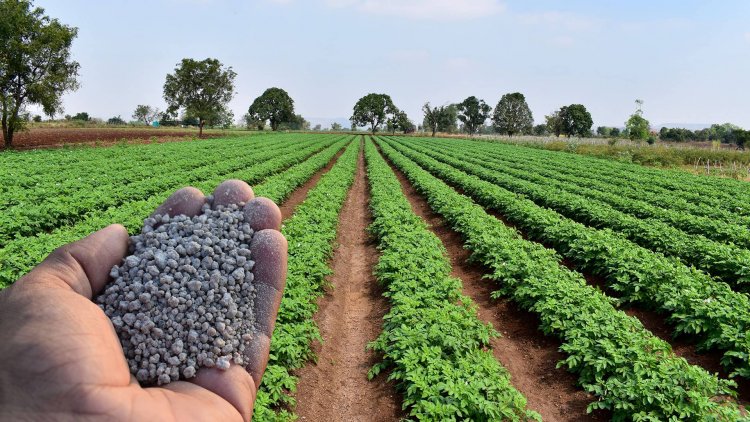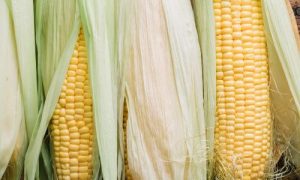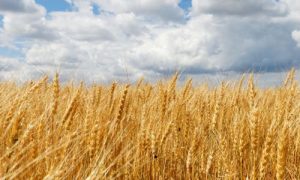DAP prices set to increase by Rs 200 per bag from January

Prices of Di-Ammonium Phosphate (DAP), India’s second most consumed fertilizer, are set to rise by up to ₹200 per 50-kg bag in January. The hike is driven by the end of government import incentives and rupee depreciation. India’s heavy reliance on imports, rising global costs, and domestic shortages contribute to the escalating crisis in DAP availability.
The prices of Di-Ammonium Phosphate (DAP), the second most consumed fertilizer in the country after urea, are almost certain to increase in January. Prices could rise by up to ₹200 per 50-kg bag, potentially increasing from the current ₹1,350 to ₹1,550 per bag. There are two primary reasons for this anticipated price hike: first, the special incentive provided by the government for DAP imports will end on December 31, and second, the cost of imports has increased due to the weakening of the rupee against the dollar.
Industry sources informed Rural Voice that the special incentive of ₹3,500 per tonne offered by the government on imported DAP will end on December 31, 2024. As a result, the burden will shift to the industry. The rupee’s recent depreciation—from ₹83.50 to ₹85.50 per dollar—has further raised import costs. With DAP priced at $630 per tonne in the global market, the weaker rupee has added approximately ₹1,200 per tonne to the import cost. Together, these factors have increased costs by about ₹4,700 per tonne, translating to an additional ₹235 per bag.
Sources noted that there are no current government directives on this matter since non-urea fertilizers are decontrolled, allowing the industry to set prices independently within the constraints of a fixed subsidy. Consequently, the industry is left with no option but to increase prices.
Two years ago, DAP prices rose by ₹150 per bag, reaching ₹1,350. Although the government provides subsidies for decontrolled fertilizers based on their nitrogen (N), phosphorus (P), potassium (K), and sulfur (S) content under the Nutrient-Based Subsidy (NBS) scheme, it has indirectly maintained DAP prices at ₹1,350 by increasing subsidy levels.
DAP Crisis
The ongoing Rabi season has seen a crisis in DAP availability. Rising global prices led to industry losses at current price levels, resulting in reduced imports and a domestic shortage. Imports only picked up after the government introduced special incentives. Contributing factors to the decline in imports include reduced supplies from China, geopolitical tensions, logistical challenges in the Red Sea, limited global production capacity, and fluctuating prices.
Dependence on Imports
India relies on imports for about 90% of its phosphatic fertilizers. Annually, the country consumes approximately 100 lakh tonnes of DAP, of which about 60 lakh tonnes are imported. Even the raw materials—rock phosphate or phosphoric acid—used for domestic production are largely imported.
Prospects for Price Increase
Currently, there is no major crop requiring a high demand for DAP. The next peak in demand will occur during sugarcane sowing in March, followed by the Kharif season. This makes the potential price hike a low political risk, especially as no significant elections are scheduled in the coming months, except in Delhi. Historically, DAP prices and availability have been politically sensitive issues, with the government striving to manage them.
Calls for Higher DAP Pricing
To encourage the balanced use of fertilizers, the fertilizer industry has proposed that fertilizer prices be linked to their nutritional value. By this metric, DAP, with the highest nutritional value among non-urea fertilizers, should command the highest price.
Decline in Production, Imports, and Sales
Data from the Fertilizer Association of India (FAI) reveals that between April and October this year, domestic DAP production declined by 7.4%, while imports fell by 29.8% compared to the previous year. During the same period, DAP sales dropped by 25.4%, whereas sales of muriate of potash (MOP) and NPK fertilizers increased by 24.7% and 23.5%, respectively.
To read more about Agricultutre/Farmers related News continue reading Agriinsite.com
Source : Rural Voice

















